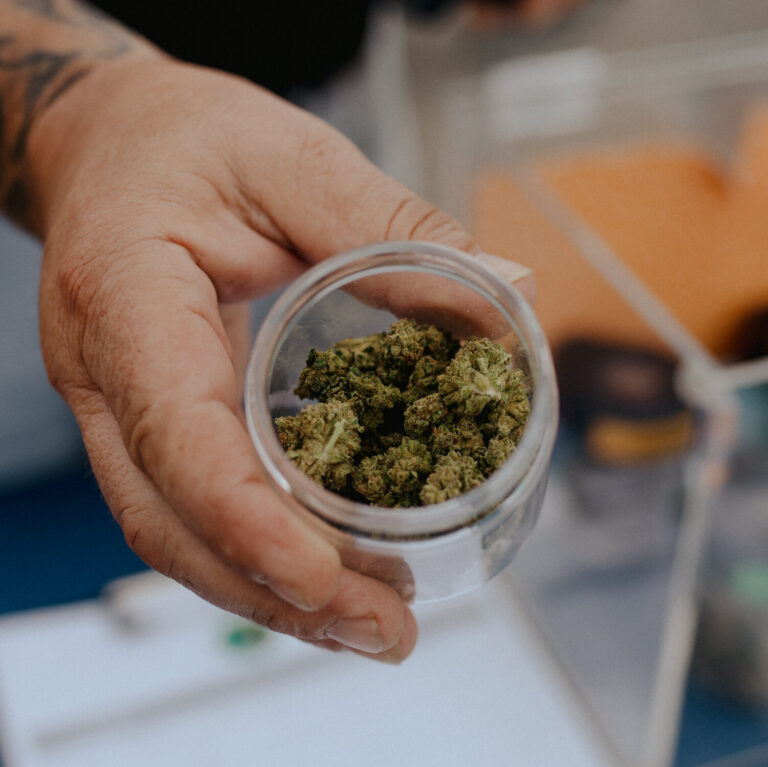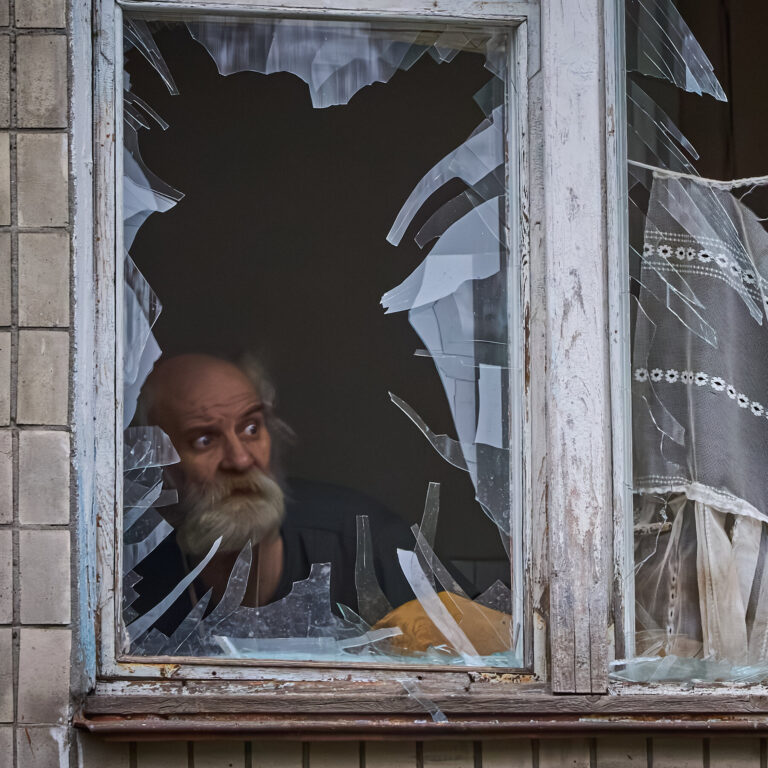After a tense election campaign featuring harsh attacks on the government by nearly all candidates over the economy, internet restrictions and harsh enforcement of the hijab law for women, Iran called elections on Friday to elect a president.
The vote comes at a dangerous time for the country, with the incoming president facing a host of challenges, including internal discontent and divisions, a struggling economy and a volatile region that has brought Iran to the brink of war twice this year.
With the race being decided by a three-way battle between two conservative candidates and a reformist, many analysts predict that neither will reach the necessary 50 percent of the vote, necessitating a runoff on July 5 between the reformist candidate and the leading conservative.
That outcome could be avoided if one of the leading conservative candidates dropped out of the race, but in a bitter public feud, neither Gen. Mohammad Baqer Ghalibaf, a former commander of the Islamic Revolutionary Guard Corps and a pragmatic technocrat, nor Saeed Jalili, a hardliner, budged.
Polls opened at 8 a.m. local time Friday across the country, with closures usually lasting well into the night. But Iranian elections are tightly controlled, with a committee of appointed clerics and jurists vetting all candidates and the intimidation of opposition voices in the media.
As a result, many Iranians are expected to abstain from voting, either in protest or because they do not believe that meaningful change can come from the ballot box.
Four young women studying psychology at Tehran University who were buying makeup at the Tajrish Bazaar in northern Iran on Wednesday gave a glimpse of this discontent. Although they were upset by conditions in Iran, they said, they had no intention of voting.
“We can't do anything about it, we have no hope except in ourselves,” said Sohgand, 19, who asked not to be further identified for fear of the authorities. “But we want to stay in Iran to improve the situation for our children.”
She was wearing well-tailored black pants and a fitted jacket, and her brown hair was uncovered. But she also had a scarf over her shoulders in case an official told her to wear one. As for the rules requiring women to wear the hijab, she added simply: “We hate it.”
Seeking to counter these attitudes, senior Iranian officials, from supreme leader Ayatollah Ali Khamenei to senior commanders of the Revolutionary Guards Corps, have characterized the vote as an act of defiance against Iran's enemies and a validation of the government of the Islamic Republic.
Ayatollah Khamenei cast his vote as the polls opened Friday morning, in front of an array of cameras and journalists in a ceremonial hall set up for the occasion in his official compound in central Tehran.
He took the opportunity to urge Iranians to vote for the good of the country, regardless of who they supported, describing it as a matter of civic duty that would bring the country “dignity and credit” in the eyes of the world.
“This is a big political test for the nation and I know some people are suspicious and haven't decided what to do,” he said, “but I can tell them it's important, it has a lot of benefits, so why not?”
The government expects voter turnout to be around 50 percent, higher than in the last presidential and parliamentary elections, but much lower than in the previous presidential elections, in which more than 70 percent of the electorate participated.
Since Ayatollah Khamenei makes all major state decisions in Iran, especially in foreign and nuclear policy, the choice of who votes is more about the country's overall political climate than about any single candidate.
With two of the original six candidates dropping out, voters will have to choose between Mr Jalili, with his uncompromising views on domestic and foreign policy; Mr Ghalibaf, who is the speaker of parliament; the reformist candidate, Dr Masoud Pezeshkian, a cardiologist and former health minister, whose candidacy is something of a wildcard; and Mostafa Pourmohammadi, a conservative cleric with a history of senior intelligence roles who polls say is likely to win less than 1% of the vote.
The final days of the campaign have highlighted tensions between the main conservative candidates, Mr Ghalibaf and Mr Jalili, over who should withdraw to consolidate the conservative vote and, hopefully, avoid a run-off.
Little of that was evident during a rally Wednesday at a sports stadium in Ghalibaf’s hometown of Mashhad, where he greeted a crowd of supporters holding the Iranian flag and chanting his name, videos of the event showed. “A strong Iran needs a powerful president; a strong Iran needs a president who works tirelessly,” said a cleric who introduced him.
But things were not going so well for Mr. Jalili, who spoke at a rally in the same city that night. With previous negotiations on consolidating the vote having failed, the commander in chief of the Quds Force, Gen. Ismail Ghaani, flew to Mashhad on Wednesday evening to force the two men into an emergency meeting, according to Iranian news reports and two officials familiar with with the details of the meeting who asked to remain anonymous in order to speak openly about the event.
General Ghaani said he wanted Jalili to step down, given the escalation of tensions in the region, with the Gaza war and a possible impending conflict between Hezbollah and Israel that could involve Iran. In light of these problems, he said Ghalibaf, with his military background and pragmatic outlook, was best suited to lead the government, Iranians who attended the meeting said.
In a notable public spat, in which campaign managers from both sides attacked each other on social media, neither man relented.
The latest poll by Iranian state television – released on Wednesday, the last day of the campaign – showed Pezeshkian leading with 23.5 percent, Ghalibaf at 16.9 percent and Jalili at 16.3 percent, with 28.5 percent undecided and the rest split among the candidates, including those who had withdrawn.
The televised debates, in which the candidates were surprisingly candid in criticizing the status quo, demonstrated that the economy, plagued by American sanctions, corruption and mismanagement, is considered a top priority for voters and candidates, the voters said. analysts.
They say the economic situation cannot be resolved without addressing foreign policy, including the stalemate with the United States over its nuclear program and concerns about Iran's military involvement in the region through its network of proxy militant groups.
“Rather than radical change, the election could produce smaller, albeit significant, changes,” said Vali Nasr, a professor of international affairs and Middle East studies at the Johns Hopkins University School of Advanced International Studies in Washington. “Voices at the helm that want a different direction could push the Islamic Republic to move away from some of its positions.”
While apathy remains high in most urban areas, voters in provinces with significant ethnic Azeri Turks and Kurds were expected to turn out in greater numbers for Dr. Pezeshkian. He is an Azeri Turk himself and served as a member of parliament for the city of Tabriz, a major economic hub in the northwestern province of East Azerbaijan. Dr. Pezeshkian gave campaign speeches in his native Turkish and Kurdish.
At a rally in Tabriz on Wednesday, the doctor received a folk-hero welcome, with the crowd filling the stadium and singing a Turkish nationalist song, according to videos and news reports. Ethnic and religious minorities are rarely represented in high office in Iran, so the candidacy of one of them for president has generated regional interest and enthusiasm, Azerbaijani activists say.
Mr. Hakakpour said that while he and many other activists would not vote and did not consider Iran’s elections to be free or fair, the people who voted for Dr. Pezeshkian were hoping for small improvements in their lives and their regions, such as increased investment; reversing the drying up of Lake Urmia, once a major body of water; and, most importantly, a greater sense of inclusion.





